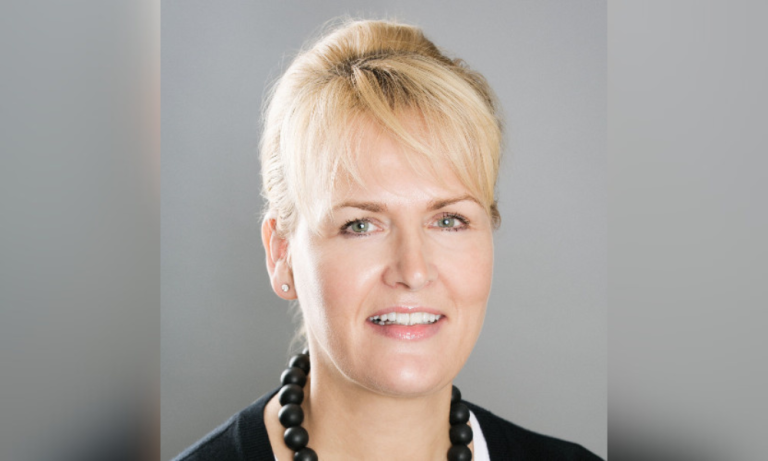While acknowledging the potential of technology, Siranen emphasizes the importance of aligning technological advances with the primary goal of risk mitigation. “If this technology doesn't address the challenges…at the top of the control hierarchy, it may not be as effective as it could be,” she says. Her sentiment underscores the critical consideration of organizations that adopt innovative safety solutions.
Central to Saairanen's view is the idea of empowerment through collaboration, embodied by joint health and safety committees. She emphasizes that these forums provide a platform for meaningful dialogue between workers and employers, promoting a deeper understanding of risks in the workplace and effective strategies to mitigate risks.
Saairanen points to the evolving nature of workplaces, citing the automotive sector's shift towards electrification as an apt example. As emerging technologies such as high-voltage batteries enter the fray, continuing education and providing adequate tools are essential to protect workers' well-being.
However, amid the influx of technological advances, Saairanen raises a poignant concern: the potential erosion of the human relationship between safety leadership and front-line workers. She believes that maintaining this connection requires adherence to legislative frameworks that guarantee workers’ rights to knowledge, participation, and rejection of dangerous work.
“Their value and the knowledge they bring to conversations…is what we really need to continually focus on,” she asserts. Supporting workers' rights and incorporating their insights into safety protocols are fundamental principles that must continue, regardless of technological advances.

